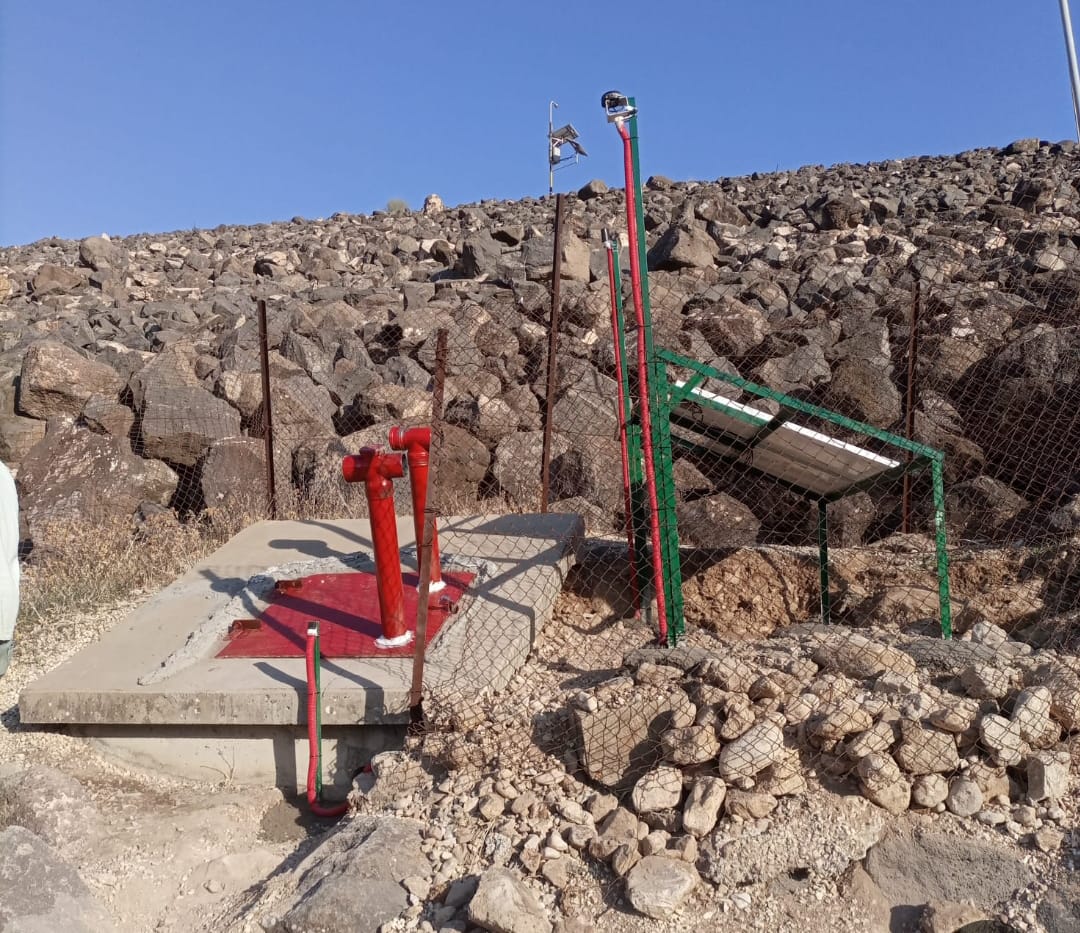
Amman, July 9, 2024 - The Jordanian Seismic Observatory recorded 419 seismic activities since the beginning of this year, including 92 local earthquakes throughout the Kingdom and neighboring border areas.
In its report, the observatory recorded 192 regional earthquakes, most of which were concentrated in the Pacific and Indian Ocean regions, while the number of distant earthquakes reached 132, concentrated in Turkey, Greece, and Iran.
The report issued by the Jordanian Seismic Observatory in the Ministry of Energy and Mineral Resources for half of the year 2024 stated that local earthquakes were concentrated in the areas of Wadi Araba, the Jordan Valley, Carmel, Tiberias, and the adjacent border areas, in addition to the Dead Sea, the Gulf of Aqaba and the adjacent southern border areas, and the Sarhan Valley and Zarqa.
The report indicated that seismic monitoring devices recorded 13 earthquakes in Wadi Araba and 39 earthquakes in the Jordan Valley, Carmel, Tiberias, and the adjacent border areas, while 24 earthquakes were recorded in the Dead Sea and 14 earthquakes in the Gulf of Aqaba and the adjacent southern border areas, while the Sarhan areas and Zarqa recorded a single earthquake.
The national network of seismic monitoring stations in Jordan includes two types of monitoring stations, represented by the network of weak motion stations (telemetric), and the number of its stations is 23, covering the entire area of the Hashemite Kingdom of Jordan, including 20 Jordanian stations and two stations, one of which is affiliated with the German Institute GFZ and another station affiliated with the Comprehensive Ban Organization for Nuclear Tests CTBTO, and all stations are connected to the Jordanian network.
The second type is represented by strong movement monitoring stations, numbering 19 stations distributed among the main cities and dams in the Kingdom, for the purpose of recording the ground acceleration necessary for engineering designs that are resistant to earthquakes.
The observatory receives seismic information around the clock from all the seismic monitoring stations spread throughout the Kingdom to the observatory center.
It is noteworthy that the Jordanian Seismic Observatory, located in the building of the Ministry of Energy and Mineral Resources in Amman, was established in 1983 to monitor seismic activity in Jordan and neighboring areas for the purposes of assessing seismic risks and estimating the extent of the expected damage in the event of a devastating earthquake in Jordan, God forbid.